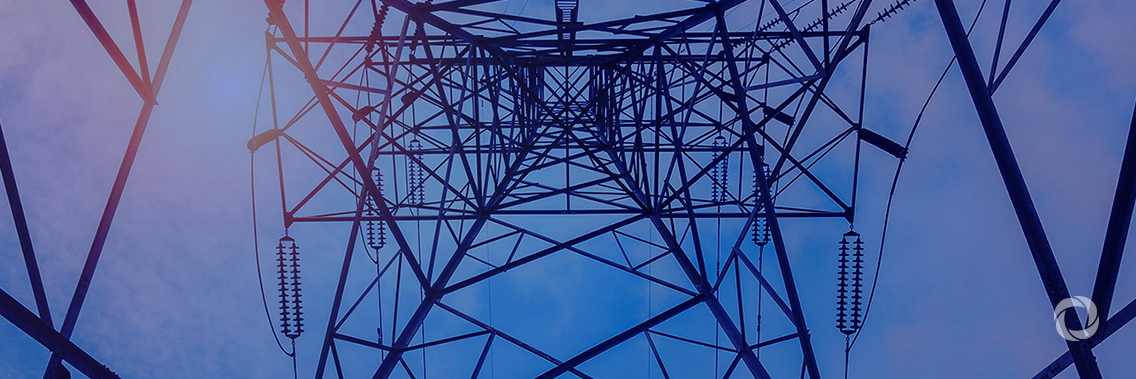From Kenya to Tanzania, from Uganda to Ethiopia, the familiar sound of petrol and diesel generators is about to disappear from the daily lives of millions of Africans.
These East Africa countries have faced regular major power cuts since the early 2000s. But this is about to change; inhabitants of these countries are on the verge of switching them off for good, with the upcoming commissioning of a power transmission line to interconnect Kenya and Ethiopia. This line is scheduled to enter its operational phase in the course of 2019, providing an uninterrupted supply of electricity for all.
Inaugurated in 2012, this project falls under one of the African Development Bank’s High 5 priorities – to Light up and Power Africa. Working with institutional partners, the Bank has mobilized resources to ensure the success of this project. At a cost of $1.26 billion, the project was co-funded by the African Development Bank ($338 million), the World Bank ($684 million), the Government of Kenya ($88 million) and the Government of Ethiopia ($32 million).
The interconnection will be by means of a 1068-kilometer, 500 kilovolt high-voltage direct current transmission line, 437 km in Ethiopia and 631 km in Kenya with related facilities at Wolayta-Sodo (Ethiopia) and Suswa (Kenya). By December 2020, it will have a transmission capacity of 2000 megawatts. This will make Ethiopia the energy giant of East Africa, while Kenya will become the epicentre of electricity trading in this part of the continent.
“The project will initially be able to transfer 400 MW from Ethiopia to Kenya, but negotiations are underway to better match the capacity of the line to Kenyan demand,” said Joseph Njogore, first secretary at the Kenyan Ministry of Energy, at an energy forum held in Nairobi in August 2018.
Households in Kenya continue to struggle to have a continuous supply of electricity throughout the day. Although Kenya is a champion of geothermal power in Africa, production is not enough to ensure its self-sufficiency. Its installed generation capacity is 2370 MW, while peak demand is approximately 1770 MW. This means that it will find this interconnection project particularly beneficial.
Original source: AfDB
Published on 27 February 2019

